The Jaguar in Costa Rica: An Endangered Symbol
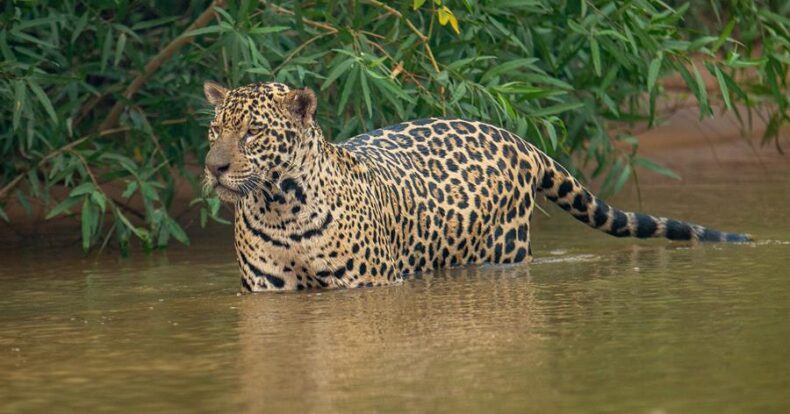
The jaguar (Panthera onca) is a national symbol in Costa Rica and represents not only the majesty of its fauna, but also the conservation efforts that have been put in place to protect it. Their habitat in the country covers large areas, and by protecting jaguars, many other species that share their ecosystem are also protected.
Conservation Efforts
The jaguar is the largest feline in Costa Rica, with a weight ranging from 100 to 250 pounds and a life expectancy of up to 15 years in the wild. They are solitary and nocturnal animals, preferring company only during the mating season. After mating, females give birth to a litter of between 1 and 4 cubs. Their favorite prey include wild pigs (peccaries) and, on occasion, sloths.
Costa Rica has implemented several reserves and conservation programs to protect the jaguar, especially in Corcovado National Park, where an estimated 50 jaguars live. Worldwide, it is estimated that there are approximately 15,000 jaguars left, making conservation efforts in Costa Rica are crucial.
Great Felines of Costa Rica.
Although the jaguar is the most iconic, Costa Rica is home to other types of wild cats:
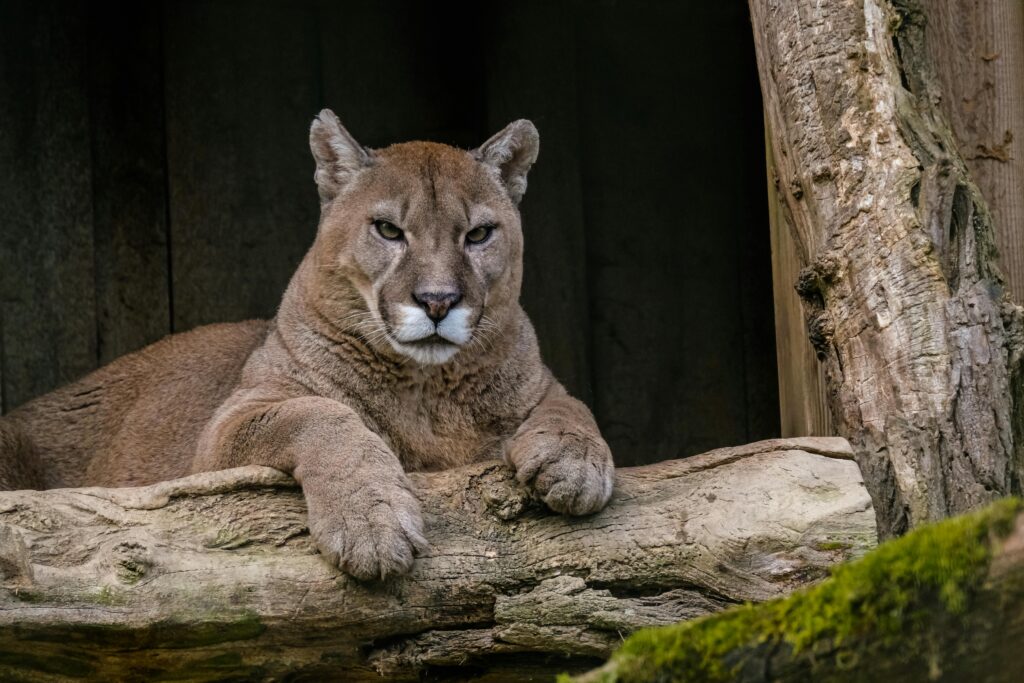
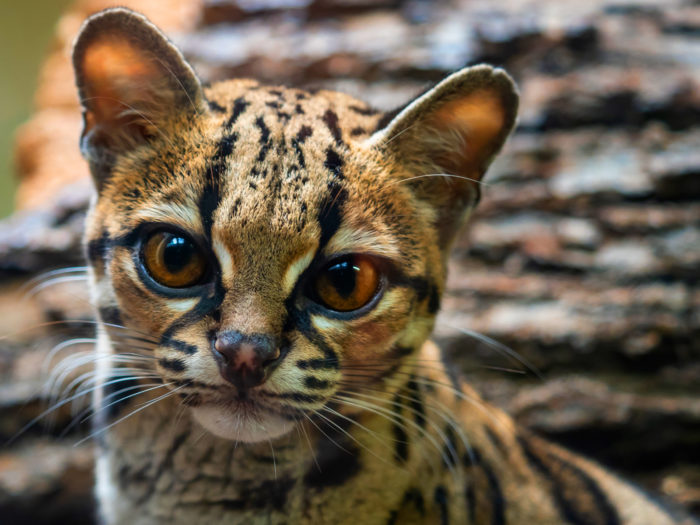
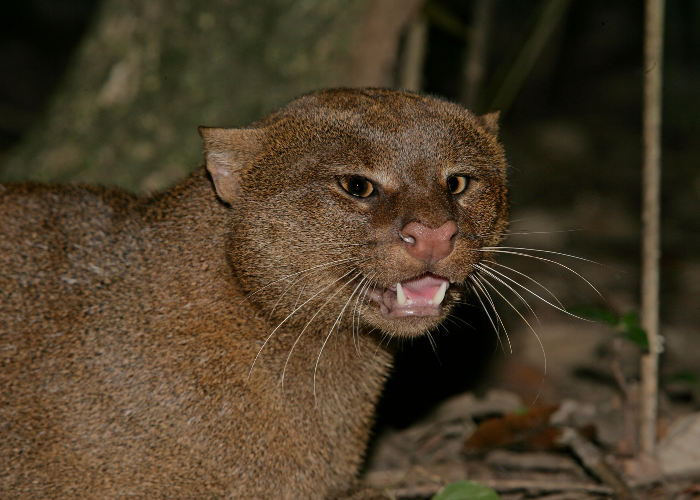
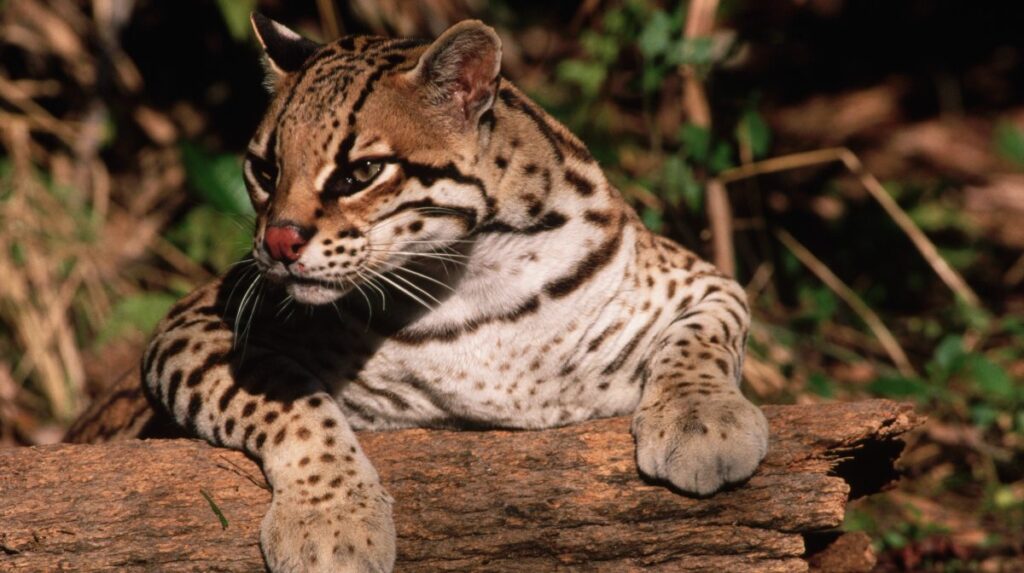
Where to Find Wild Cats.
The probability of seeing these felines in the wild is low, so it is best to visit nature reserves such as La Paz Waterfall Gardens or the Jaguar Rescue Center. Both of these places offer the opportunity to observe these magnificent animals up close in a safe environment.
Despite this, the jaguar faces multiple threats in Costa Rica. Habitat loss, hunting, and conflicts with cattle ranching have significantly reduced their numbers. The jaguar population in Costa Rica has declined by 38% between 1940 and 1977, and currently occupies only 50% of its historic range in the country.
Future Initiatives and Strategies.
Several programs have been implemented to mitigate these problems, such as the Jaguar Protection Program and the MAPCOBIO project, which use camera traps to monitor jaguars and other species. Interdisciplinary research and environmental education are also promoted to avoid conflicts between humans and jaguars, and to strengthen the buffer zones around conservation areas.
The future of the jaguar in Costa Rica depends on the continued implementation of conservation efforts and public awareness of the importance of protecting this magnificent feline. Through monitoring and education programs, it is possible to ensure that the jaguar remains a symbol of Costa Rica’s biodiversity and natural wealth.
Sensorial Sunsets
Navigate articles





